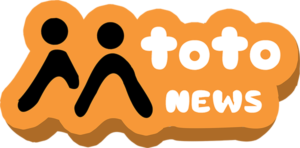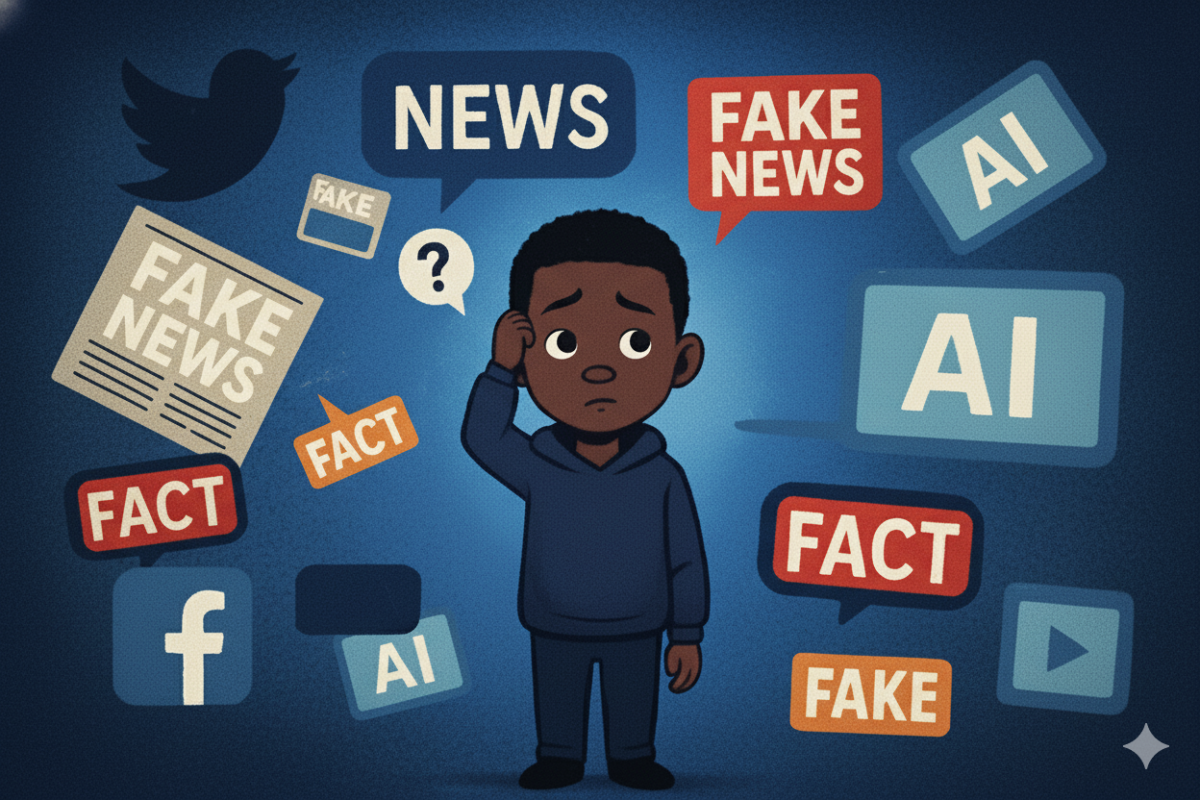Written by Alice Njoki
Did you know that over 70% of fake news is mostly shared on (X) than true news online?Not only that but fake news usually spreads faster,reaches more people and travels further than the truth.
Fake news is false or misleading information that looks like real news. It spreads very fast on social media, making it hard to know what is true and with new artificial intelligence (AI) tools, it is now easier to create and share false stories and images, which makes the problem much bigger.
People often believe fake news because it plays on strong feelings like fear, anger, or hope. Research from Ipsos shows that these feelings can make it hard to think clearly, which makes it easy for a lot of people to believe fake news.
Not to talk about AI, AI can create very real-looking but false texts, pictures, and videos. These AI-made fake stories have increased a lot in just one year. Deepfake videos, which show people saying or doing things they never did, are becoming common. This means we need better ways to find fake news, clear rules for online platforms, and education to help people tell what is true.
So, how can you tell if a news story is fake? One useful tool is TinEye. It helps check where a picture came from and if it has changed. It is also very important to do your own research by looking at different trusted news sources . For example at Mtoto news , the “Sauti Zetu” program teaches children on how to identify fake news and make smart choices about the information they see circulating online ,using tools like Tineye , children learn how to check if what they see or read online is true or false, For me, I trust news from places like Al Jazeera and BBC because they have reputation of integrity and accuracy and I know they try to tell the truth.
If a story comes only from sites I don’t know, I don’t believe it right away , I always check more. Doing your own research is the best way to keep yourself safe from fake news.
Places like the Swiss Museum of Transport have special exhibitions called “Really?!” where people learn how to tell real news from fake news.
This helps build skills to understand news and know the important role of journalists .Stopping fake news is a job for everyone.
Governments, news companies, online platforms, and people all need to work together.
We should always check facts before sharing news and trust reliable sources. Being careful helps protect our communities, our health, and our democracy. Fake news is a big problem especially in the digital age, but if we all stay alert, learn more, research more and help each other, we can stop it or rather reduce the spread of fake news .

